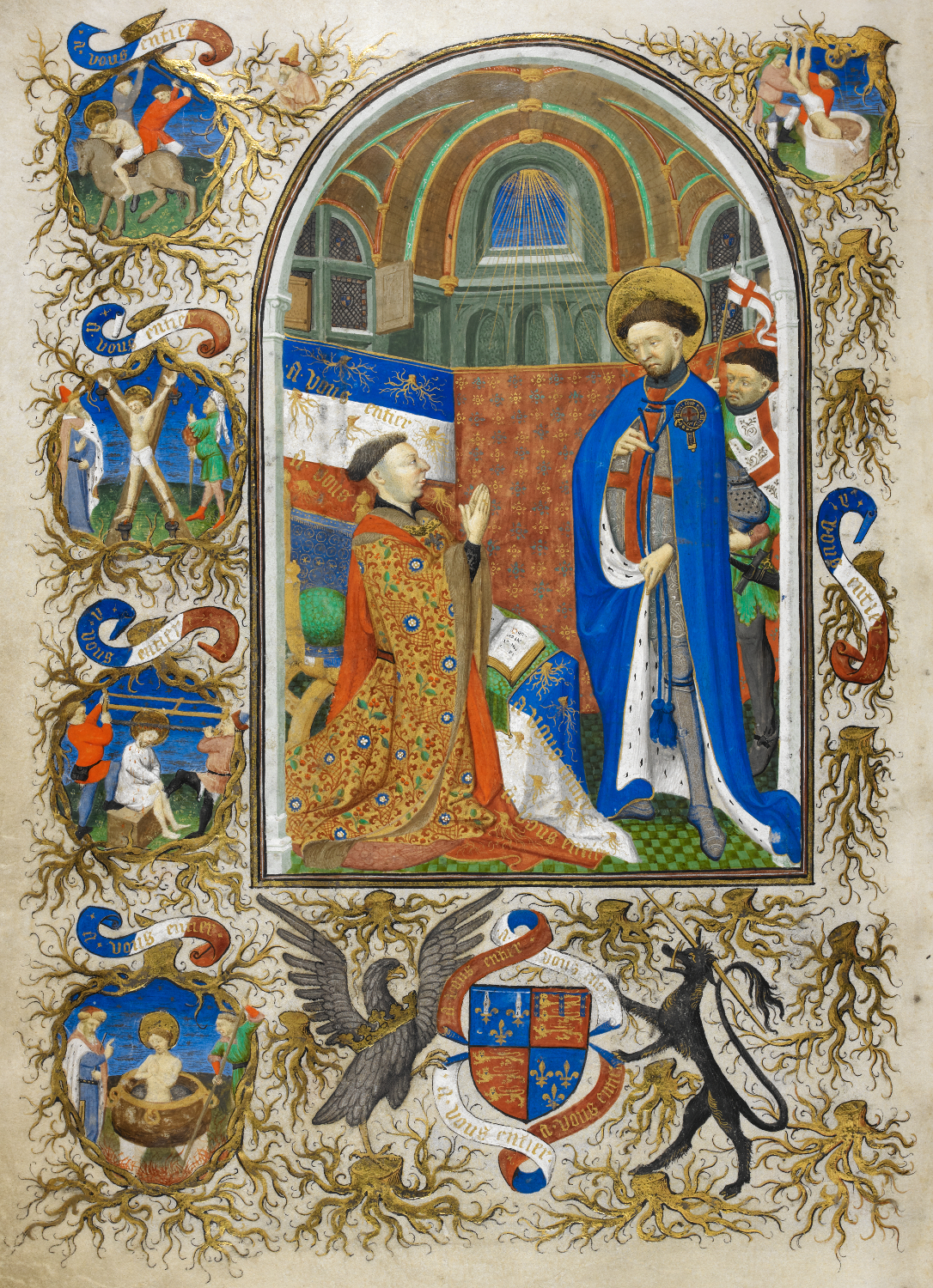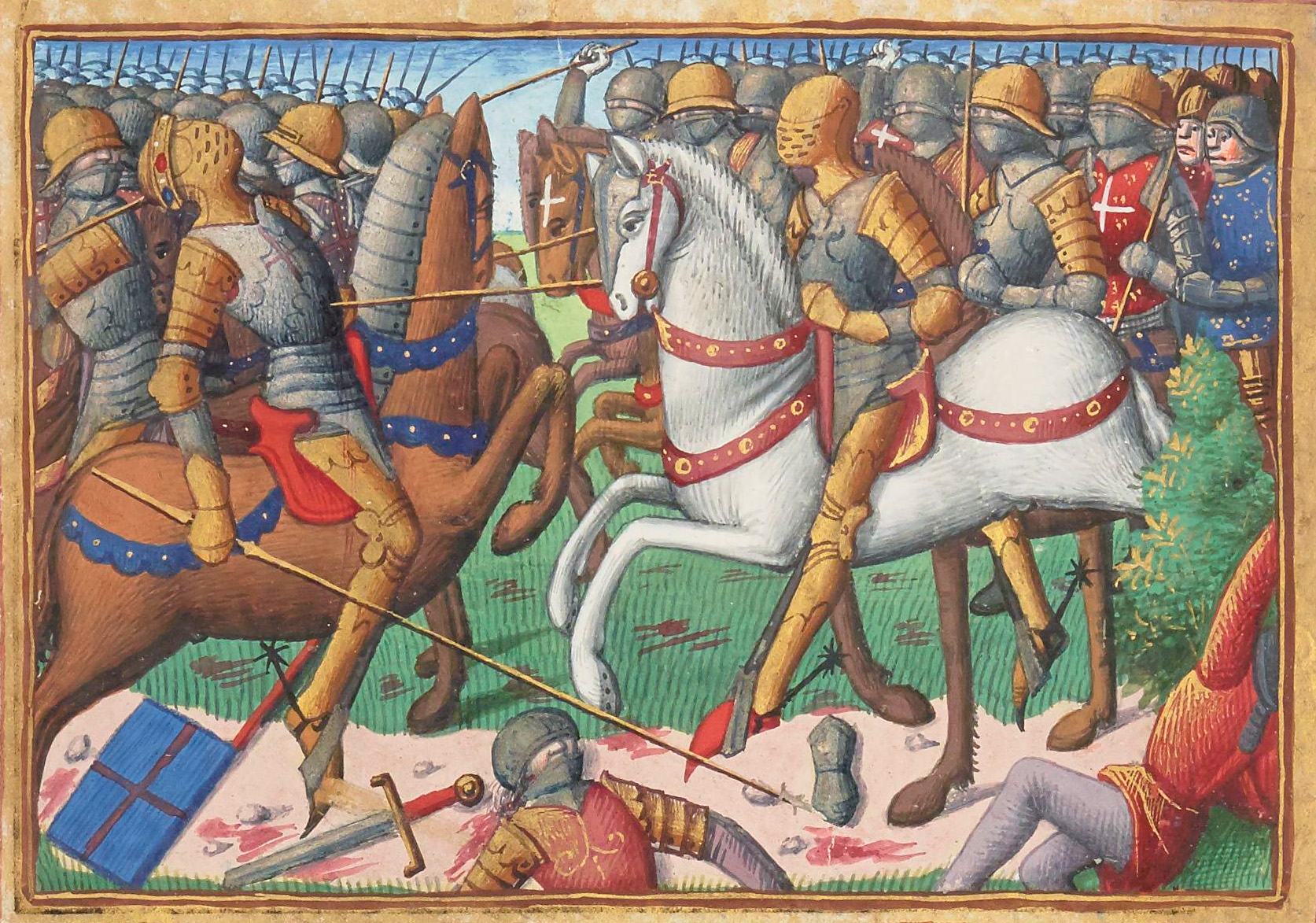|
Gaillon
Gaillon () is a commune in the Eure department in northern France. History The origins of Gaillon are not really known. In 892, Rollo, a Viking chief, might have ravaged Gaillon and the region, before he became the first prince of the Normans and count of Rouen in 911. The Gaillon history did begin, when the first dukes of Normandy built a keep to defend the border of Normandy against their enemies : the kings of France. The first castle of Gaillon belonged to a whole system of defence along the Norman border such as Evreux, Pacy-sur-Eure, Vernon, Malassis, Gasny, Baudemont, etc. In 1192 King Philip II Augustus of France seized the castle in his battle with Richard the Lion Heart to conquer Normandy. Richard decided to build a new one a few kilometers away in Les Andelys on the other bank of the Seine River : Château Gaillard. In 1262 the castle was exchanged between King Louis IX and Eudes Rigaud (Archbishop of Rouen) and it became the residence of the Rouen archbishops u ... [...More Info...] [...Related Items...] OR: [Wikipedia] [Google] [Baidu] |
Communauté D'agglomération Seine-Eure
Communauté d'agglomération Seine-Eure is an intercommunal structure, centred on the city of Louviers. It is located in the Eure department, in the Normandy region, northern France. It was created in September 2019. Its seat is in Louviers.Fiche signalétique CA Seine-Eure BANATIC Its population was 103,496 in 2017, of which 18,648 in Louviers proper.Comparateur de territoire Insee. Accessed 2 ... [...More Info...] [...Related Items...] OR: [Wikipedia] [Google] [Baidu] |
Château Gaillard
Château Gaillard () is a medieval castle ruin overlooking the River Seine above the commune of Les Andelys, in the French department of Eure, in Normandy. It is located some north-west of Paris and from Rouen. Construction began in 1196 under the auspices of Richard the Lionheart, who was simultaneously King of England and feudal Duke of Normandy. The castle was expensive to build, but the majority of the work was done in an unusually short period of time. It took just two years and, at the same time, the town of Petit Andely was constructed. Château Gaillard has a complex and advanced design, and uses early principles of concentric fortification; it was also one of the earliest European castles to use machicolations. The castle consists of three enclosures separated by dry moats, with a keep in the inner enclosure. Château Gaillard was captured in 1204 by the king of France, Philip II, after a lengthy siege. In the mid-14th century, the castle was the residence of the ex ... [...More Info...] [...Related Items...] OR: [Wikipedia] [Google] [Baidu] |
Eure
Eure () is a department in Normandy in Northwestern France, named after the river Eure. Its prefecture is Évreux. In 2019, Eure had a population of 599,507.Populations légales 2019: 27 Eure INSEE History Eure is one of the original 83 departments created during the on 4 March 1790. It was created from part of the former of . The name in fact is taken from the Eure rive ...[...More Info...] [...Related Items...] OR: [Wikipedia] [Google] [Baidu] |
Georges D'Amboise
Georges d'Amboise (1460 – May 25, 1510) was a French Roman Catholic cardinal and minister of state. He belonged to the house of Amboise, a noble family possessed of considerable influence: of his nine brothers, four were bishops. His father, Pierre d'Amboise, seigneur de Chaumont, was chamberlain to Charles VII and Louis XI and ambassador at Rome. Georges' eldest brother, Charles, was governor of the Île-de-France, Champagne and Burgundy, and councillor of Louis XI. Biography Early years Georges d'Amboise was born at the family castle in Chaumont-sur-Loire. He was only fourteen when his father procured for him the bishopric of Montauban, and Louis XI appointed him one of his almoners. On arriving at manhood d'Amboise attached himself to the party of Louis, duc d'Orléans, in whose cause he suffered imprisonment at Corbeil, and on whose return to the royal favor he was elevated to the archbishopric of Narbonne, (June 18, 1482) in which the pope refused to confirm him ... [...More Info...] [...Related Items...] OR: [Wikipedia] [Google] [Baidu] |
Communes Of France
The () is a level of administrative divisions, administrative division in the France, French Republic. French are analogous to civil townships and incorporated municipality, municipalities in the United States and Canada, ' in Germany, ' in Italy, or ' in Spain. The United Kingdom's equivalent are civil parishes, although some areas, particularly urban areas, are unparished. are based on historical geographic communities or villages and are vested with significant powers to manage the populations and land of the geographic area covered. The are the fourth-level administrative divisions of France. vary widely in size and area, from large sprawling cities with millions of inhabitants like Paris, to small hamlet (place), hamlets with only a handful of inhabitants. typically are based on pre-existing villages and facilitate local governance. All have names, but not all named geographic areas or groups of people residing together are ( or ), the difference residing in the l ... [...More Info...] [...Related Items...] OR: [Wikipedia] [Google] [Baidu] |
Rouen
Rouen (, ; or ) is a city on the River Seine in northern France. It is the prefecture of the region of Normandy and the department of Seine-Maritime. Formerly one of the largest and most prosperous cities of medieval Europe, the population of the metropolitan area (french: aire d'attraction) is 702,945 (2018). People from Rouen are known as ''Rouennais''. Rouen was the seat of the Exchequer of Normandy during the Middle Ages. It was one of the capitals of the Anglo-Norman dynasties, which ruled both England and large parts of modern France from the 11th to the 15th centuries. From the 13th century onwards, the city experienced a remarkable economic boom, thanks in particular to the development of textile factories and river trade. Claimed by both the French and the English during the Hundred Years' War, it was on its soil that Joan of Arc was tried and burned alive on 30 May 1431. Severely damaged by the wave of bombing in 1944, it nevertheless regained its economic dynam ... [...More Info...] [...Related Items...] OR: [Wikipedia] [Google] [Baidu] |
Paris
Paris () is the Capital city, capital and List of communes in France with over 20,000 inhabitants, most populous city of France, with an estimated population of 2,165,423 residents in 2019 in an area of more than 105 km² (41 sq mi), making it the List of cities proper by population density, 30th most densely populated city in the world in 2020. Since the 17th century, Paris has been one of the world's major centres of finance, diplomacy, commerce, Fashion capital, fashion, gastronomy, and science. For its leading role in the arts and sciences, as well as its very early system of street lighting, in the 19th century it became known as "the City of Light". Like London, prior to the Second World War, it was also sometimes called Caput Mundi#Paris, the capital of the world. The City of Paris is the centre of the Île-de-France Regions of France, region, or Paris Region, with an estimated population of 12,262,544 in 2019, or about 19% of the population of France, making the ... [...More Info...] [...Related Items...] OR: [Wikipedia] [Google] [Baidu] |
Renaissance Style
Renaissance architecture is the European architecture of the period between the early 15th and early 16th centuries in different regions, demonstrating a conscious revival and development of certain elements of ancient Greek and Roman thought and material culture. Stylistically, Renaissance architecture followed Gothic architecture and was succeeded by Baroque architecture. Developed first in Florence, with Filippo Brunelleschi as one of its innovators, the Renaissance style quickly spread to other Italian cities. The style was carried to Spain, France, Germany, England, Russia and other parts of Europe at different dates and with varying degrees of impact. Renaissance style places emphasis on symmetry, proportion, geometry and the regularity of parts, as demonstrated in the architecture of classical antiquity and in particular ancient Roman architecture, of which many examples remained. Orderly arrangements of columns, pilasters and lintels, as well as the use of semicircular ... [...More Info...] [...Related Items...] OR: [Wikipedia] [Google] [Baidu] |
Louis XII
Louis XII (27 June 14621 January 1515), was King of France from 1498 to 1515 and King of Naples from 1501 to 1504. The son of Charles, Duke of Orléans, and Maria of Cleves, he succeeded his 2nd cousin once removed and brother in law at the time, Charles VIII, who died without direct heirs in 1498. Before his accession to the throne of France, he was known as Louis of Orléans and was compelled to be married to his disabled and supposedly sterile cousin Joan by his second cousin, King Louis XI. By doing so, Louis XI hoped to extinguish the Orléans cadet branch of the House of Valois. Louis of Orléans was one of the great feudal lords who opposed the French monarchy in the conflict known as the Mad War. At the royal victory in the Battle of Saint-Aubin-du-Cormier in 1488, Louis was captured, but Charles VIII pardoned him and released him. He subsequently took part in the Italian War of 1494–1498 as one of the French commanders. When Louis XII became king in 1498, he h ... [...More Info...] [...Related Items...] OR: [Wikipedia] [Google] [Baidu] |
John Of Lancaster, 1st Duke Of Bedford
John of Lancaster, Duke of Bedford KG (20 June 138914 September 1435) was a medieval English prince, general and statesman who commanded England's armies in France during a critical phase of the Hundred Years' War. Bedford was the third son of King Henry IV of England, brother to Henry V, and acted as regent of France for his nephew Henry VI. Despite his military and administrative talent, the situation in France had severely deteriorated by the time of his death. Bedford was a capable administrator and soldier, and his effective management of the war brought the English to the height of their power in France. However, difficulties mounted after the arrival of Joan of Arc, and his efforts were further thwarted by political divisions at home and the wavering of England's key ally, Duke Philip of Burgundy and his faction, the Burgundians. In the last years of Bedford's life, the conflict devolved into a war of attrition, and he became increasingly unable to gather the necessary ... [...More Info...] [...Related Items...] OR: [Wikipedia] [Google] [Baidu] |
Thomas Of Lancaster, 1st Duke Of Clarence
Thomas of Lancaster, Duke of Clarence (autumn 1387 – 22 March 1421) was a medieval English prince and soldier, the second son of Henry IV of England, brother of Henry V, and heir to the throne in the event of his brother's death. He acted as councillor and aide to both. His father appointed him Lord Lieutenant of Ireland in 1401. Thomas, who was only fourteen, landed in Dublin in November 1401, and spent much of the next eight years in Ireland.Otway-Ruthven p.341 He was nearly killed in a skirmish near Dublin in 1406. He seems to have been a conscientious Governor there, but was hampered in his efforts to keep the peace by the chronic shortage of money in Ireland.Otway-Ruthven p.343 Military career During the wars of his elder brother Henry V in France, Clarence fought in both the Siege of Caen and the Siege of Rouen (29 July 1418 – 19 January 1419), where he commanded the besieging force. After Henry had negotiated the Treaty of Troyes, in which he became heir to the ... [...More Info...] [...Related Items...] OR: [Wikipedia] [Google] [Baidu] |





